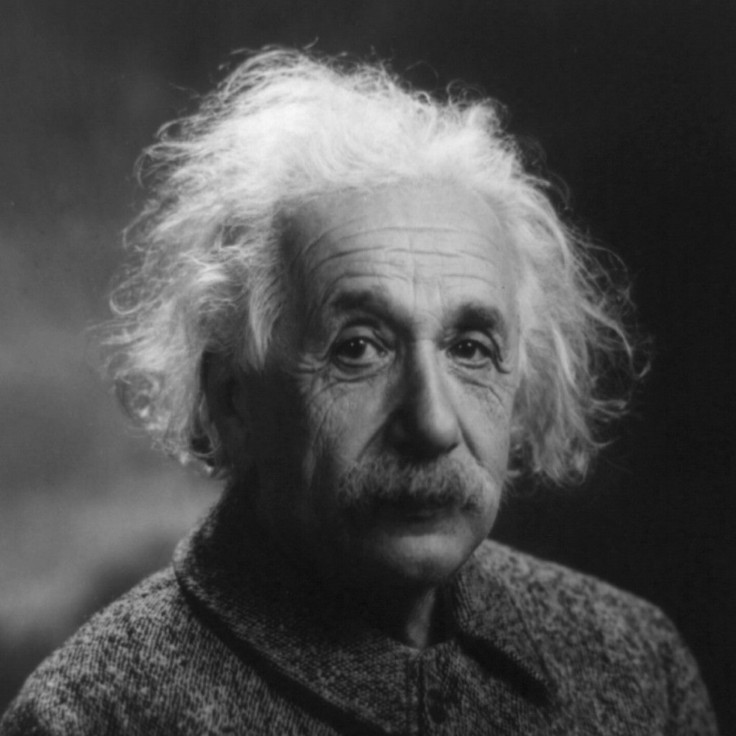Neutrinos aren't Faster than Light: Einstein's Theory comes to His Rescue

One of Einstein's theories, called the special theory of relativity, is now coming to the famed physicist's rescue as it plausibly explains away an error in the alleged discovery of the faster-than light neutrino that shook the entire physics world.
It was just three weeks ago when Albert Einstein's general theory of relativity, one of cornerstones of the laws of physics, came under attack as scientists at the European Organization for Nuclear Research (CERN) clocked neutrinos traveling faster than the speed of light -- a speed Einstein believed can never be exceeded.
The experiment, named the Oscillation Project with Emulsion-tRacking Apparatus (OPERA) project, fired neutrinos from a particle accelerator in CERN near Geneva to the Gran Sasso Laboratory in Italy. The particles were found traveling 60 nanoseconds faster than the speed of light as they arrived at the lab 454 miles away.
The findings caused a media sensation, and physicists themselves were puzzled. The CERN team requested other researchers to independently verify their findings. Over 80 papers have been submitted since then in efforts to explain possible errors.
Recently, a convincing argument for an error came from Ronald van Elburg of the University of Groningen in the Netherlands.
The OPERA project researchers simply did not take into account the relative movement of the global positioning system (GPS) clocks up in the space and thus miscalculated the distance, according to van Elburg.
Proposed by Einstein in 1905, special relativity deals with space-time, and it points to changes in distance and time according to the relative speeds at which objects move. Time is reference frame-specific, according to special relativity.
In the case of the OPERA project, considering the high speed at which neutrinos travel as well as the short distance used in the experiment, the distance between the two points and the exact time of a neutrino's departure and arrival must be measured with a high degree of precision.
To measure the distance and the time in the experiment, CERN researchers used GPS, which is able to figure out distance down to 20 centimeters, and sync the clocks measuring the neutrino's travel time, according to DVICE. However, GPS satellites orbit Earth at a speed much faster than detectors on the ground -- therefore, the time measured by GPS is in a different reference frame than the time on Earth.
From the perspective of the clock, the detector is moving towards the source and consequently the distance travelled by the particles as observed from the clock is shorter, said van Elburg.
Thus, the distance measured by the GPS was shorter than the distance measured in the reference frame on the ground.
According to van Elburg's paper, accounting for the changing distances between the GPS clocks and the neutrino detectors would shorten the observed time of flight by 32 nanoseconds on each end of the experiment, making for a total time delay of 64 nanoseconds. That is almost exactly what the OPERA team observed as the difference between the speed of neutrinos and that of light.
Of course, more time is needed for the physics community to find the final answer to the question.
Must Read : Faster-Than-Light Neutrino Puzzle: Was Einstein Right or Wrong?
© Copyright IBTimes 2025. All rights reserved.



















